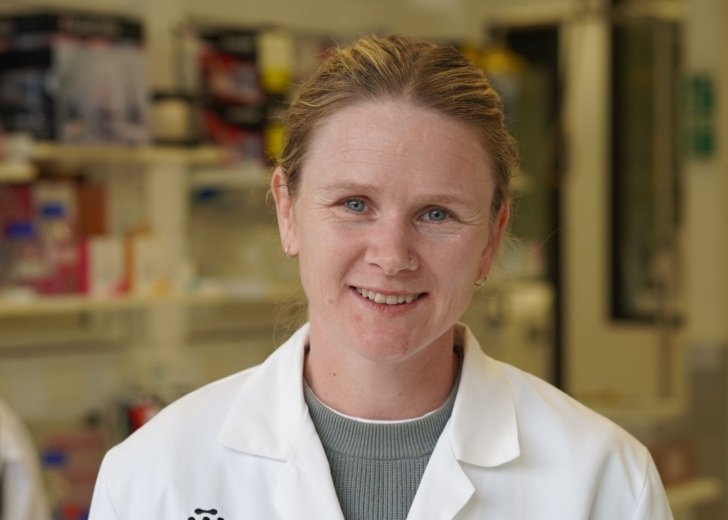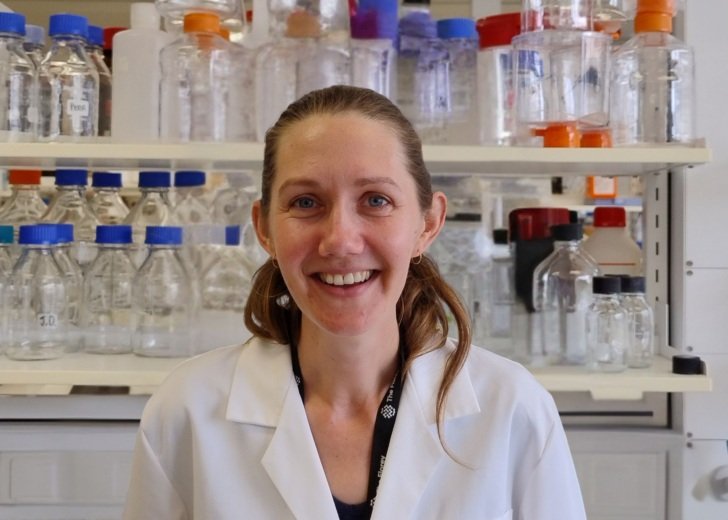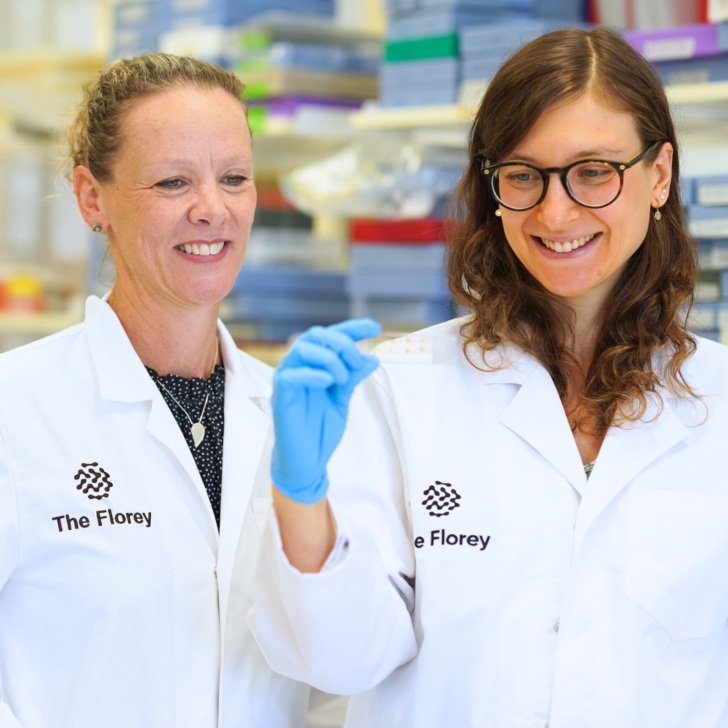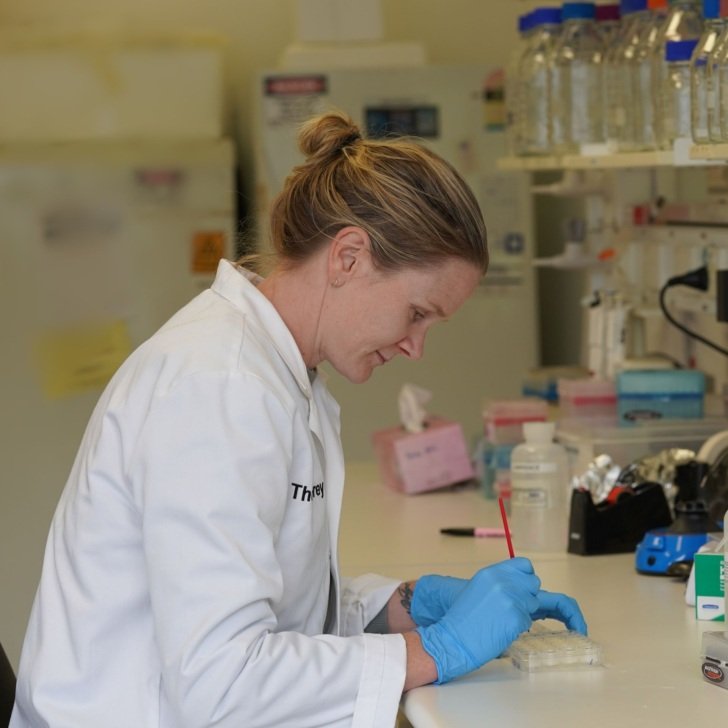- Rates of alcohol misuse and alcohol use disorder in women are rising.
- Researchers have found the hunger hormone, known as ghrelin, also drives alcohol consumption, especially in females.
- Switching off the ghrelin receptor in the middle of the brain (Edinger-Westphal nucleus), reduces binge drinking, specifically in females.
- Drugs targeting the ghrelin receptor may provide a new treatment option of alcohol use disorders in women.
New study from The Florey examines how hunger hormone signalling in the midbrain regulates binge drinking
Addiction researchers at The Florey have found a new pathway in the brain related to binge drinking in females, potentially opening a new way to help women with alcohol use disorder.
Research led by Dr Leigh Walker – published in Nature Communications – set out to discover whether hormone differences between males and females can explain sex differences in excessive alcohol consumption.
The team focused on the “centrally projecting Edinger-Westphal” (EWcp), a part of the midbrain that scientists recently discovered receives information from gut hormones that may drive excessive alcohol consumption, but which is only beginning to be understood.

“Working with mice, we found that switching off the receptor that tells the brain it is hungry, specifically in the EWcp reduced binge drinking in female, but not male mice” Dr Walker said.
This knowledge adds to a growing body of evidence that the female and male brain is fundamentally different, and understanding these differences may help provide more tailored treatments for women, and people assigned female at birth.
Dr Walker said sex as a biological variable has only recently gained traction as a critical factor in addiction.
“Most animal research and drug development is built around identifying and testing therapies in males. But it’s important to prioritise research on the neural mechanisms contributing to alcohol use disorder in females.”
The study’s first author Amy Pearl said understanding sex differences is critical for developing effective treatment strategies.

“Men have historically had higher rates of alcohol use, misuse and alcohol use disorder compared to women. But these rates have converged significantly over recent decades, driven mainly by an increase in risky drinking and alcohol use disorder in women,” Ms Pearl said.
“Better understanding the biological differences between male and female brains better equips us for developing more targeted treatments. This research further highlights the underlying biological differences between male and female brains and gives a new pathway to explore for potential treatment options.”














